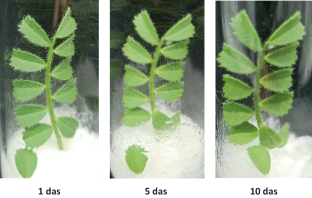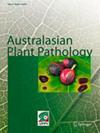Chickpea is one of the sources of plant protein with a yield capacity of about 6 tons per hectare. Because of cultivation in rainfed lands this plant has a very low average yield in most countries of the world. However, in the autumn cultivation of chickpeas, the amount of production increases significantly which is due to the increase in the use of winter rainfall. Nowadays, the introduction of cold tolerant cultivars and the identification of genotypes have provided the conditions for welcoming the chickpea winter cultivations. The main limiting factor for autumn cultivation of chickpeas is the increasing damage caused by Ascochyta blight (AB) due to the availability of suitable humidity and temperature for the growth of the fungus Ascochyta rabiei. The main aim of the present study was to determine the resistance pattern of selected MCC741 line and cold tolerant cultivar Saral against three pathotypes of A. rabiei named PI, PIII and PVI. For this purpose, a pathogenicity test method was designed and the effectiveness of this method was evaluated on different chickpea genotypes with different reported resistance levels and also by the pathogenicity test in green house. The results showed that the in vitro pathogenicity test method is well able to differentiate resistant and susceptible cultivars based on the symptoms of the disease. Furthermore, the virulence of the aforementioned pathotypes can be distinguished from each other. These results showed that this method can be used as a nondestructive method in prescreening studies and evaluation of resistance levels of a unique plant genotypes. This method is also recommended for pathotyping of new fungal isolates. In vitro assay on the resistance pattern of cold tolerant chickpea accessions showed that the Saral cultivar presented an appropriate resistance against pathotypes I and III but did not show a resistance against pathotype VI. The resistant pattern was confirmed by greenhouse pathogenicity test. It is necessary to evaluate more cold tolerant chickpea samples in other studies to identify sources of resistance to this pathotype.



